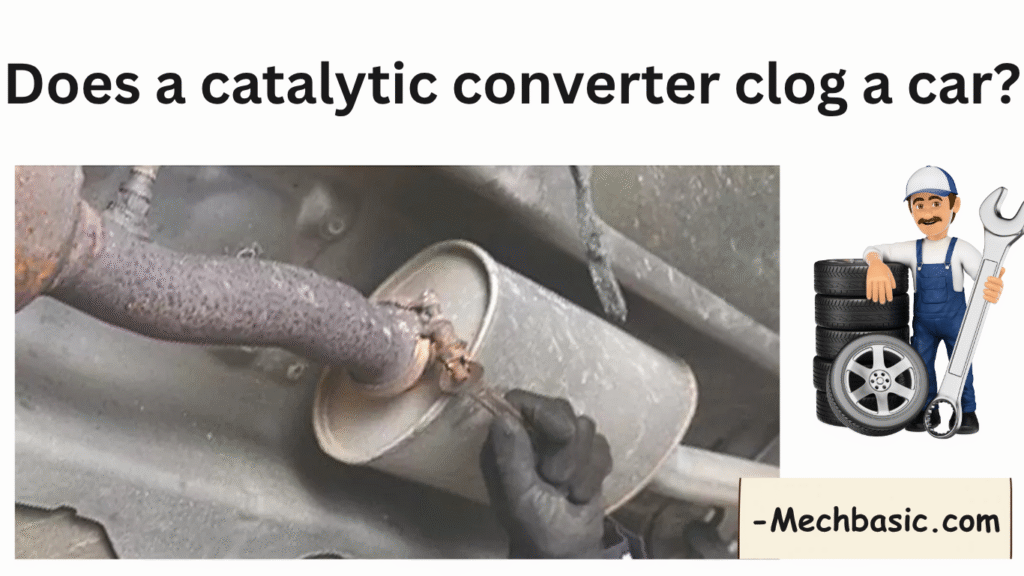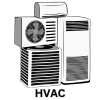Yes, a catalytic converter can clog, and when it does, it can seriously affect your car’s performance. Here’s a detailed explanation:

What Does It Mean for a Catalytic Converter to Be “Clogged”?
A clogged catalytic converter happens when:
- Carbon deposits, unburned fuel, engine oil, or coolant residue accumulate inside the converter.
- The honeycomb structure inside the converter becomes blocked, reducing or completely stopping the flow of exhaust gases.
Causes of a Clogged Catalytic Converter:
1. Engine Misfires
- Unburned fuel enters the exhaust and burns inside the catalytic converter, melting the internal components.
2. Oil or Coolant Leaks
- Oil or coolant entering the combustion chamber can coat the catalyst, reducing its effectiveness.
3. Rich Air-Fuel Mixture
- Too much fuel (not enough air) leads to incomplete combustion, creating excess carbon that clogs the converter.
4. Old Age or Wear
- Over time, the catalyst material breaks down, and deposits build up naturally after years of use.
What Happens to the Car When the Converter is Clogged?
1. Reduced Engine Performance
- Exhaust gases can’t exit freely.
- Creates backpressure on the engine.
- Results in power loss, especially at high speeds or under load.
2. Poor Acceleration
- Engine struggles to “breathe” due to blocked exhaust.
- You may feel the car is sluggish or hesitating.
3. Reduced Fuel Efficiency
- Engine runs less efficiently.
- Uses more fuel to produce less power.
4. Stalling or Hard Starting
- Severe blockages can cause the engine to stall or fail to start.
5. Check Engine Light
- O2 sensors detect abnormal exhaust gas levels.
- Common error codes: P0420 (catalyst efficiency below threshold).
6. Overheating or Glowing Converter
- If it’s severely clogged, it may overheat or even glow red-hot under the vehicle.
How to Confirm a Clogged Converter
Mechanic’s Tools:
- Backpressure test: Measures pressure before the converter.
- Temperature test: Compares input and output temps (output should be hotter).
- OBD-II scanner: Reads fault codes like P0420, P0430, etc.
What to Do If It’s Clogged?
Fixable?
- Minor clog: Sometimes can be cleaned with special catalytic converter cleaners.
- Severe clog or meltdown: Needs to be replaced — cleaning won’t help.
Also read: How to unclog catalytic converter?
Cost to Replace:
- OEM converters: $500–$2,500 (depends on make/model)
- Aftermarket options are cheaper but may not meet emissions standards.
Prevention Tips
- Fix engine misfires or oil leaks promptly.
- Use good-quality fuel.
- Keep your engine well-maintained.
- Avoid running the car too rich for long periods.
Other courses:



